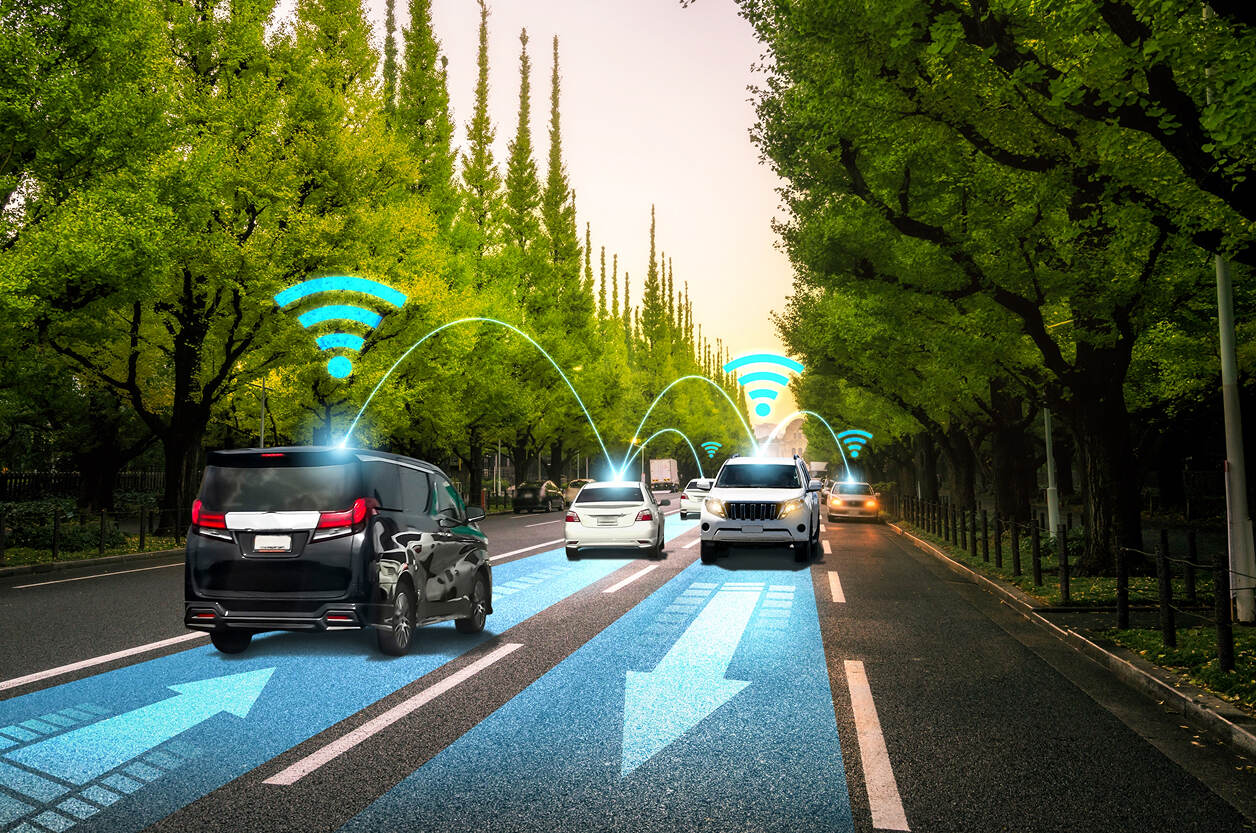AI-Driven Video Analytics for Traffic Management and Smart Cities

Why AI video analytics is reshaping urban mobility
Urban areas face growing challenges in managing traffic congestion, ensuring road safety, and optimizing public transport. Traditional traffic management systems often rely on fixed sensors, manual monitoring, and reactive measures that cannot keep up with the complexity of modern cities. AI-driven video analytics offers a new approach by using advanced computer vision and machine learning algorithms to analyze real-time video streams from cameras placed across the city.
This technology enables proactive traffic control, automated incident detection, and data-driven urban planning. By integrating AI with existing infrastructure, cities can significantly improve mobility, reduce emissions, and enhance the overall quality of urban life.
Core functions of AI video analytics in traffic management
AI video analytics can process live video feeds from traffic cameras to identify vehicles, pedestrians, and cyclists, track their movements, and detect unusual patterns. This enables several key applications:
- Real-time traffic flow optimization by adjusting signal timings dynamically
- Early detection of accidents, stalled vehicles, or road hazards
- Monitoring compliance with traffic laws such as speed limits and red-light violations
- Gathering long-term data to inform infrastructure planning and policy decisions
In smart city contexts, this data can also be integrated with other systems such as public transport schedules, environmental monitoring, and emergency services for coordinated response.
Key questions for deploying AI video analytics in cities
- How can cities ensure privacy and data security while collecting and processing video data?
- What infrastructure upgrades are needed to handle the high bandwidth and low latency requirements of real-time video analytics?
- How can AI models be trained to accurately detect and classify different types of road users under varying weather and lighting conditions?
- What strategies can ensure interoperability between AI analytics platforms and existing traffic management systems?

Real-world applications and industry examples
Some cities have implemented AI-powered adaptive traffic lights that automatically adjust based on current traffic density, reducing congestion during peak hours. These systems rely on video analytics to measure vehicle queues and adjust green light durations accordingly.
In other cases, AI is used for automated incident detection. For example, if a camera detects a stopped vehicle in a high-speed lane, the system can instantly alert traffic control centers and trigger roadside warning signs.
Smart parking solutions also benefit from AI video analytics, where cameras monitor parking availability and guide drivers to open spaces through mobile apps or digital signs, reducing unnecessary circulation and emissions.
Public transport systems integrate AI analytics to prioritize buses at intersections when delays are detected, improving schedule reliability. These capabilities support the shift toward more efficient, sustainable mobility.
The future of AI video analytics in smart cities
As AI models become more accurate and hardware accelerators more affordable, we can expect widespread deployment of AI video analytics in urban infrastructure. Future systems may combine video data with other sensor inputs, such as LiDAR and radar, to improve detection accuracy and reliability.
Edge computing will play a major role, processing data closer to where it is captured to minimize latency and reduce the load on central servers. This will enable near-instant responses to traffic incidents and dynamic control adjustments.
Additionally, cities will likely adopt open standards for data exchange, allowing different AI systems and devices to work together seamlessly. The integration of predictive analytics could enable cities to anticipate congestion or incidents before they occur, further enhancing safety and efficiency.
Our Case Studies in Smart City








